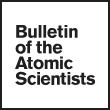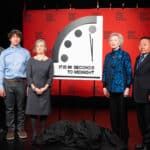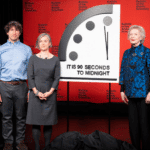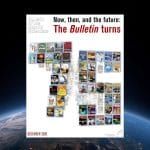Poised to outlaw nuclear weapons for the first time
By Tim Wright | July 6, 2017
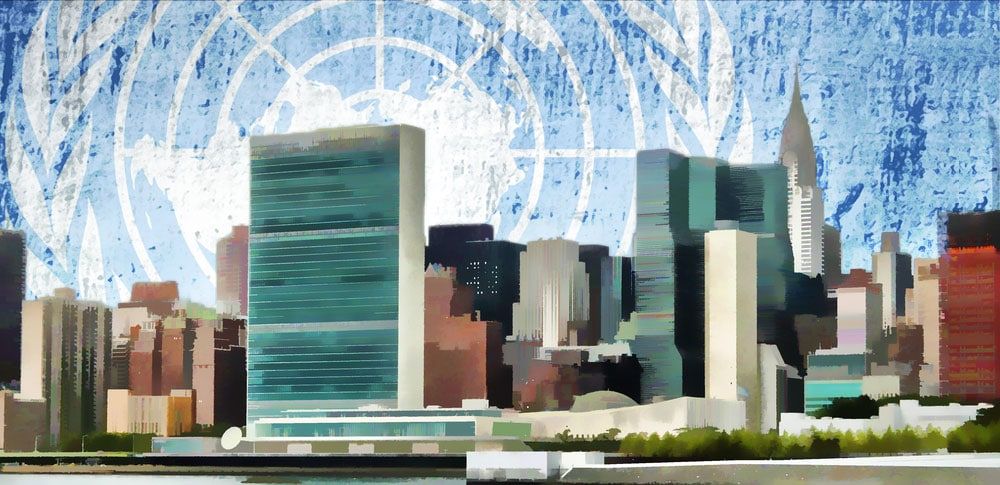
This Friday at the United Nations, an overwhelming majority of the world’s nations will decide—by acclamation or vote—whether to adopt a treaty to prohibit nuclear weapons. Since June 15, they have been intensively negotiating its various provisions. Their aim: a robust, effective instrument that will lead us toward the total elimination of these abhorrent weapons.
Civil society organizations—groups outside of government and business working in the interests of citizens—were pivotal in bringing about this historic treaty-making process, and have helped shape governments’ negotiating positions throughout.
Hundreds of campaigners have met with diplomats in New York and officials in capitals around the world in an effort to strengthen the draft text of what promises to be a landmark international agreement.
Many thousands of ordinary citizens—gravely concerned about the looming specter of nuclear war—have taken to the streets to voice their support for the ban, mostly in nations that have refused to join the negotiations. And more than three million people have signed a petition (link in Japanese), initiated by Hiroshima and Nagasaki survivors, urging states to adopt a strong treaty.
The negotiations are part of a broader “humanitarian disarmament” agenda that places human beings at its center and challenges abstract notions such as deterrence and geostrategic stability—which have long dominated discussions on nuclear weapons and entrenched the dangerous status quo. Morality and ethics have, at last, entered the diplomatic discourse on this subject.
Humanitarian concerns feature prominently in the draft preamble of the treaty, which acknowledges “the unacceptable suffering of and harm caused to the victims of the use of nuclear weapons.” The operative part includes obligations to provide victim assistance and remediate environments contaminated by the use and testing of nuclear weapons.
In presenting a near-final draft of the treaty on Monday, Elayne Whyte Gomez, the Costa Rican ambassador presiding over the negotiations, said: “We have more points of convergence than differences. The text establishes a bridge that reflects the will that the states have expressed at this conference. We need to work hard to have some good news for the world on Friday.”
If consensus cannot be reached, states will have the option to adopt the treaty by vote. It will then open for signature on September 20th in New York, after which states will pursue ratification. Once 50 states have completed this process, the treaty will become binding international law—permanently. Our task then will be to promote its full implementation and universalization.
This post is part of Ban Brief, a series of updates on the historic 2017 negotiations to create a treaty banning nuclear weapons. Ban Brief is written by Tim Wright, Asia-Pacific director of the International Campaign to Abolish Nuclear Weapons, and Ray Acheson, director of Reaching Critical Will.
Together, we make the world safer.
The Bulletin elevates expert voices above the noise. But as an independent nonprofit organization, our operations depend on the support of readers like you. Help us continue to deliver quality journalism that holds leaders accountable. Your support of our work at any level is important. In return, we promise our coverage will be understandable, influential, vigilant, solution-oriented, and fair-minded. Together we can make a difference.
Topics: Announcement


